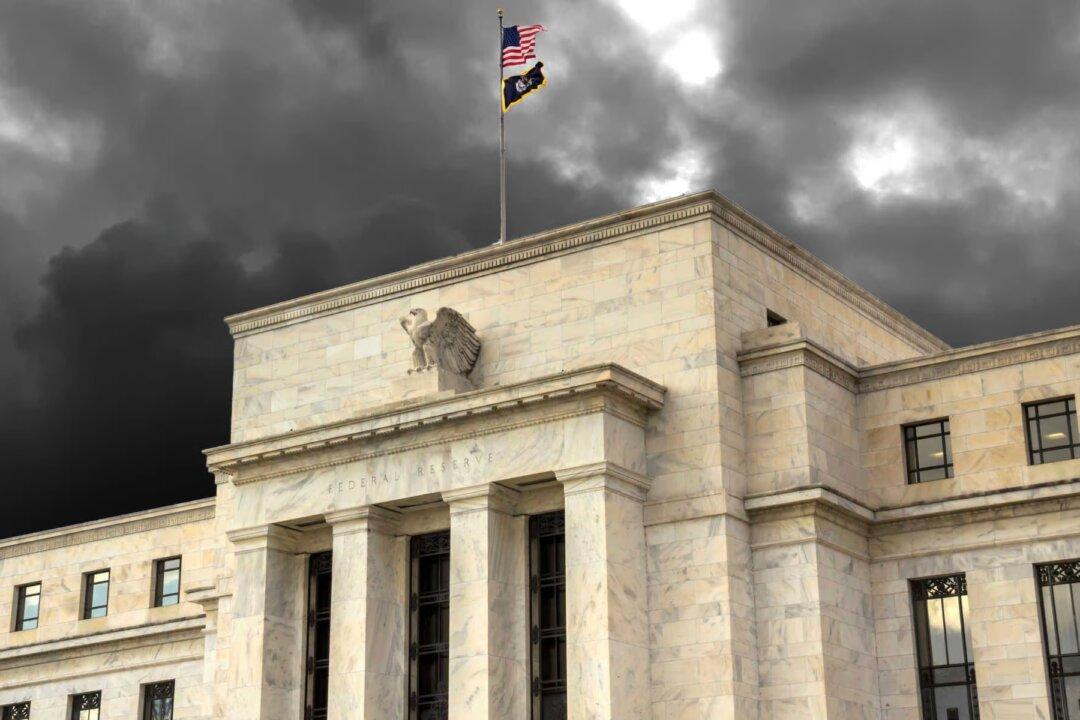Commentary
“The 10-year note yield is where it was in mid-October [2022] when the funds rate was barely north of 3 percent. Bond market is saying recession/disinflation is in our future,” said economist David Rosenberg, on Mar. 9.

“The 10-year note yield is where it was in mid-October [2022] when the funds rate was barely north of 3 percent. Bond market is saying recession/disinflation is in our future,” said economist David Rosenberg, on Mar. 9.